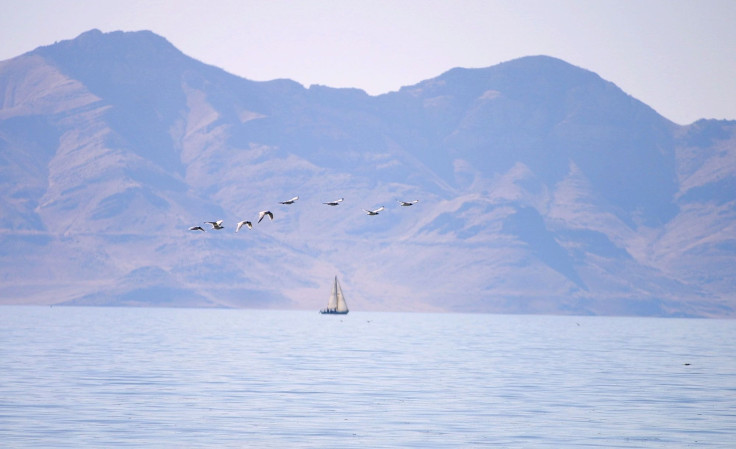Climate Change Increases Pathogens In Lakes By Blocking Disinfectant UV Light: Study

A new study published in journal Scientific Reports has revealed another harmful effect of climate change. This omnipresent product of ignorance is now affecting the way sun purifies water. The increase in organic runoff as a result of climate change may be reducing the penetration of pathogen-killing ultraviolet (UV) sunlight in inland lakes, rivers, and coastal waters which are increasing waterborne pathogens.
The study was led by a team from Miami University in Ohio and also had members from Rensselaer Polytechnic Institute. They analyzed water samples and used a model based at the National Center for Atmospheric Research (NCAR) to quantify, the impact of dissolved organic matter on the potential for UV radiation from the sun to kill pathogens in the water. A news release was published on the Rensselaer website.
“Not only does an increase in the dissolved organic matter makes it more difficult for sunlight to disinfect bodies of water, it also makes it more difficult for water treatment plants to work effectively,” lead author Craig Williamson, a Miami University ecologist said in the report.
“Water clarity is dropping in many regions due to factors such as browning, and this research demonstrates that this change is likely decreasing natural disinfection of potentially harmful pathogens,” Kevin Rose, the Frederic R. Kolleck ’52 Career Development Chair in Freshwater Ecology at Rensselaer said in the report. In the U.S. alone, 12 to 19 million people already become ill from waterborne pathogens annually.
The water samples were taken from lakes around the world. Samples from Pennsylvania, Wisconsin, Chile, and New Zealand were amassed to conduct this extensive study. The samples were tested to determine the amount of dissolved organic matter, they calculated the amount and wavelength of the light absorbed by the organic matter.
The Tropospheric Ultraviolet-Visible model provides the data for how much UV light is scattered and absorbed as it passes through Earth's atmosphere. This data was juxtaposed to our water bodies to determine how much UV light hits the surface of the lakes throughout the year. The reflection and refraction of light off the surface of lakes were also calculated to determine how much light penetrates them and how deep it reaches.
The Tropospheric Ultraviolet-Visible model also calculates the expected disinfecting power of UV light in a particular body of water based on the amount of dissolved organic matter and other characteristics. This measurement is known as ‘solar inactivation potential (SIP)’ of the water sample and was calculated using across different parts of, or for different time periods in, the same lake.
According to the release, “the results allowed scientists to quantify the impacts of dissolved organic matter. For example, the summertime SIP for one lake in northeastern Pennsylvania — which, along with other regional lakes has undergone significant browning in recent decades — dropped by about half between 1994 and 2015.”
“In California's Lake Tahoe, the SIP in the relatively pristine center of the lake can be as much as 10 times greater than at Tahoe Meeks Bay, an area at lake's edge that is heavily used by humans and has a much higher level of dissolved organic matter,” the report added.
The study found out the dramatic change in SIP values after a heavy rainfall using water samples collected from the region where the Manitowoc River flows into Lake Michigan. This region supplies drinking water to more than 10 million people.
Data from samples taken before and after a strong storm showed that the SIP may have dropped by “as much as 22 percent due to the extra dissolved organic matter that washed into the area in this single storm event,” said the report.
The study was a collaboration among multiple scientists from different disciplines who serve on the United Nations Environment Programme Environmental Effects Assessment Panel (UNEP EEAP).
© Copyright IBTimes 2025. All rights reserved.



















